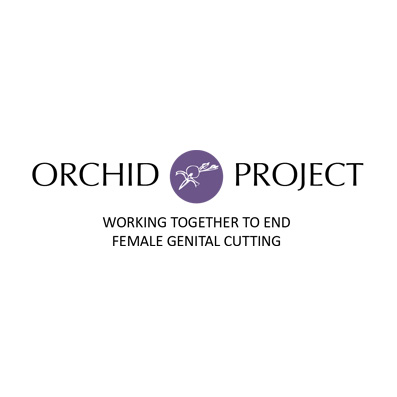Impacts of COVID-19 on Female Genital Cutting
Posted by Nicole Moran on November 18, 2020 at 10:16 pm

Summary
From March 2020, early in the global COVID-19 crisis, reports began to emerge from our partners and allies that they were witnessing elevated rates of female genital cutting (FGC). In Kenya, a country making positive progress in ending the practice through political leadership, a national and county-level governance structure and civil society action,1 we were hearing consistent reports of girls being subjected to FGC, or fleeing their homes for fear of being cut, from various counties due to school closures and the implementation of lockdown measures.
Since the start of the pandemic, a range of excellent reports have highlighted the ‘gendered impact’ of the COVID-19 crisis on women and girls, which has brought pre-existing inequalities and gender-based violence into sharp focus.2 But at a global policy level there has been less acknowledgement of how the pandemic is specifically affecting the practice of FGC.
In response, Orchid Project began conducting interviews and surveys with our grassroots partners and allies across West Africa, East Africa and Asia to explore the impacts of COVID-19 on the practice of FGC and the organisations and activists working to end the practice.
Key Findings
● Increased rates of FGC are being reported across East and West Africa, where COVID-19 related lockdowns are being seen as an opportunity to carry out FGC undetected
● Lack of FGC integration within COVID-19 response is leaving girls at risk and survivors with no recourse to essential prevention, protection and support services
● Lack of essential health services and safe spaces for girls at risk and survivors of FGC is a serious concern
● Economic hardship is driving increased rates of FGC because of parents seeking ‘bride prices’ and, in some cases, cutters returning to the practice having previously abandoned it
● Fear of the virus may be leading to a re-emergence of previously abandoned social norms around FGC in some rural communities
● Restricted access to communities for community-based organisations (CBOs) carrying out FGC programming may be resulting in increased rates of cutting and lack of accurate data
● Shrinking civil society space to advocate for action to end FGC, alongside reduced funding for FGC
● Increased use of social media, behaviour change communications and digital technologies to reach communities with girls at risk
● CBOs are extending and expanding their service provision beyond FGC prevention efforts to respond to community needs in spite of reductions in funding
● Grassroots and women-led organisations require urgent flexible, cash-based support to continue their work to protect girls.
